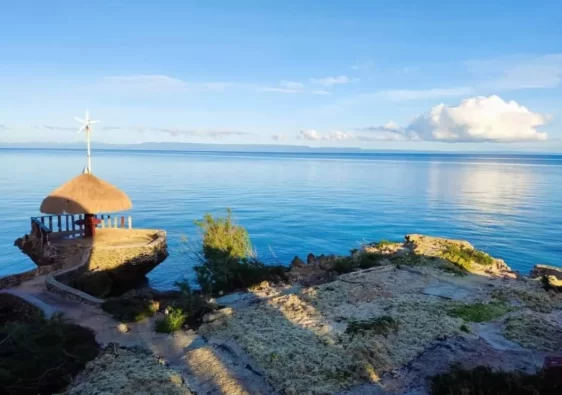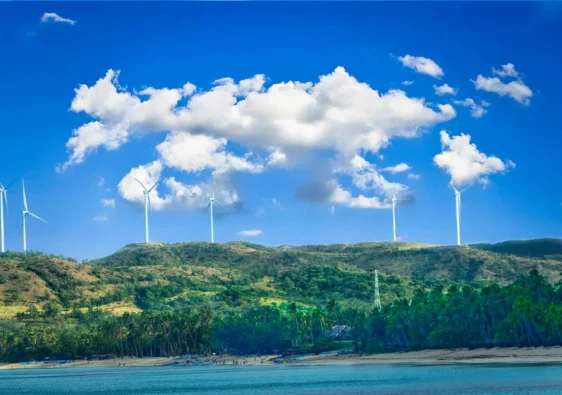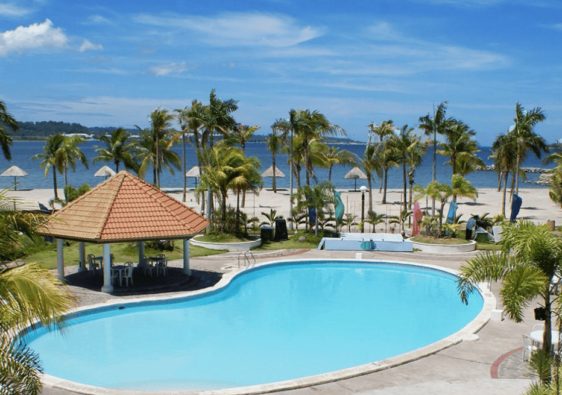Disclaimer: Some of the links in this website are affiliate links. This means we will earn a commission if you decide to book through our links, at no additional cost to you. This helps us to continue sharing useful guides and stories on this blog. Thank you for your support!
If you’re planning a trip to the Philippines, it’s important to know the country’s travel requirements. The Philippine government has specific document requirements that all travelers must comply with, regardless of their purpose for visiting. These requirements can vary depending on your nationality and the length of your stay. In this blog post, we’ll cover everything you need to know about the Philippines travel requirements, including the necessary documents for entry and exit, visa requirements, and other important information to ensure a smooth and hassle-free trip.
Whether you’re a first-time visitor or a frequent traveler to the Philippines, this guide will help you prepare for your trip and avoid any potential issues.
Who Can Travel To the Philippines Now?
As of March 11, 2023, the Philippines has reopened its borders to foreign travelers, subject to certain restrictions and requirements.
Here are the current guidelines for who can travel to the Philippines:
Fully Vaccinated Foreign Nationals
Foreign nationals who have been fully vaccinated against COVID-19 may enter the Philippines. They must have completed the prescribed number of doses of a vaccine approved by the Philippine Food and Drug Administration (FDA) and must present a negative RT-PCR test result taken within 72 hours prior to departure.
Returning Filipino Citizens and Their Spouses and Children
Filipino citizens and their spouses and children, regardless of vaccination status, may enter the Philippines. They must undergo a 14-day quarantine, either in a quarantine facility or at home, and must present a negative RT-PCR test result taken within 72 hours prior to departure.
Diplomats and Other Foreign Government Officials
Diplomats and other foreign government officials may enter the Philippines, subject to existing protocols and arrangements.
Other Categories of Travelers
Other categories of travelers, such as those with long-term visas, students, and essential workers, may enter the Philippines subject to certain requirements and restrictions.
Travelers should note that conditions regarding travel restrictions and requirements can change quickly, so travelers are advised to check the latest guidelines from the Philippine government and their airlines before booking their travel.
Philippines Travel Requirements – What Documents Do I Need To Travel To the Philippines?
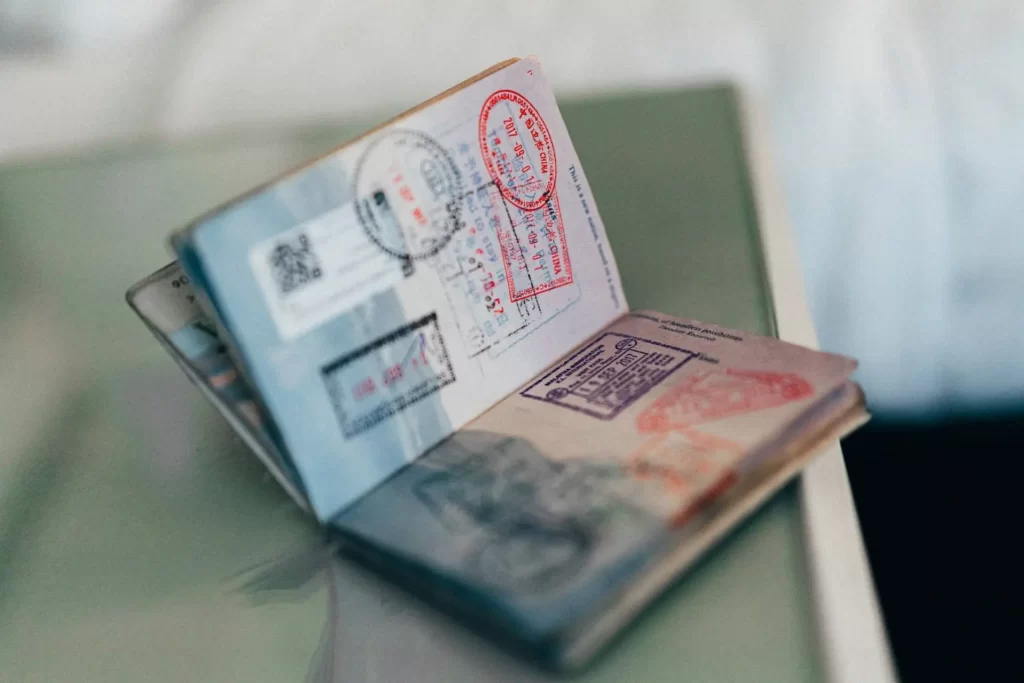
The documents required to travel to the Philippines depend on your nationality, purpose of travel, and other factors such as vaccination status. However, here are some common documents that most travelers will need:
1. Passport
All travelers to the Philippines require a valid passport valid for at least six months from the date of arrival.
2. Visa
Depending on your nationality and the purpose of your travel, you may need to acquire one before traveling to the Philippines. You can check the Philippine embassy website in your country to see if you need a visa.
3. Health Declaration Form
All travelers must complete an online Health Declaration Form before arriving in the Philippines. The form can be found on the website of the Bureau of Quarantine.
4. Negative RT-PCR Test Result
Most travelers to the Philippines are required to present a negative RT-PCR test result taken within 72 hours before their departure to the Philippines. This applies to both Filipino citizens and foreign nationals.
5. Vaccination Certificate
Fully vaccinated travelers may be required to present a vaccination certificate showing proof of full vaccination against COVID-19.
6. Other Documents
Depending on the purpose of your travel, you may be required to present additional documents such as a return ticket, hotel reservation, and proof of financial capacity to cover your stay in the Philippines.
Again, as I’ve said above, you need to check the latest requirements and guidelines from the Philippine government and your airline before traveling, as these requirements can change quickly.
If you have all the above documents ready, you might be interested and want to check on when is the best time to travel to the Philippines.
Lists of Nationalities That Need Visa to Enter The Philippines
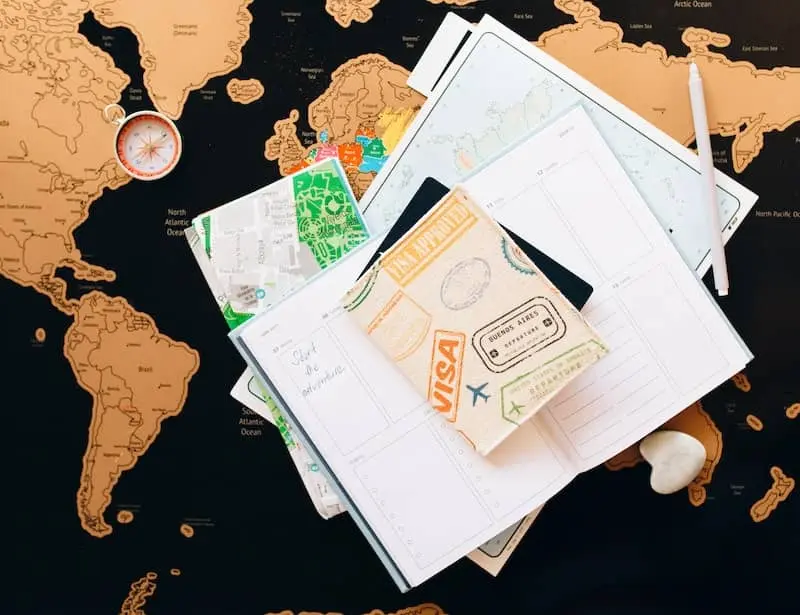
Citizens of some countries need to obtain a visa before they can enter the Philippines. The list of countries that require a visa to enter the Philippines is subject to change, so it’s best to confirm with the Philippine embassy or consulate in your country.
Currently, here are the 35 countries or nationalities that typically require a visa to enter the Philippines:
| Afghanistan | Cuba | Lebanon | Serbia | Tonga |
| Albania | Georgia | Libya | Sierra Leone | Ukraine |
| Algeria | India | Macedonia | Somalia | Yemen |
| Armenia | Iran | Moldova | Sri Lanka | |
| Azerbaijan | Iraq | Nauru | Sudan | |
| Bangladesh | Jordan | Nigeria | Syria | |
| Belarus | North Korea | Pakistan | Taiwan | |
| Bosnia-Herzegovina | Kosovo | Palestine | Timor-Leste |
Visit the Philippines Consulate L.A. for the complete details.
Philippines Travel Restrictions
As of March 11, 2023, the Philippines has lifted many of the travel restrictions that were previously in place due to the COVID-19 pandemic. However, there are still some restrictions and requirements that travelers should be aware of before planning their trip to the Philippines.
Here are the current travel restrictions in the Philippines:
Vaccination Status
Only fully vaccinated foreign nationals are allowed to enter the Philippines. Filipino citizens and their spouses and children may enter the country regardless of their vaccination status.
Negative COVID-19 Test
All travelers to the Philippines, regardless of their vaccination status, are required to present a negative RT-PCR test result taken within 72 hours prior to departure.
Quarantine
Depending on their vaccination status and the purpose of their travel, travelers may be required to undergo quarantine upon arrival in the Philippines. Fully vaccinated travelers may be eligible for a shorter quarantine period, while unvaccinated travelers may need to undergo a longer quarantine period.
Domestic Travel Restrictions
Some provinces and cities in the Philippines may have their own travel restrictions and requirements, such as quarantine or vaccination requirements. Travelers should check the guidelines for their specific destination, such as local governments’ COVID-19 protocols, before traveling.
How To Get Travel Insurance Philippines
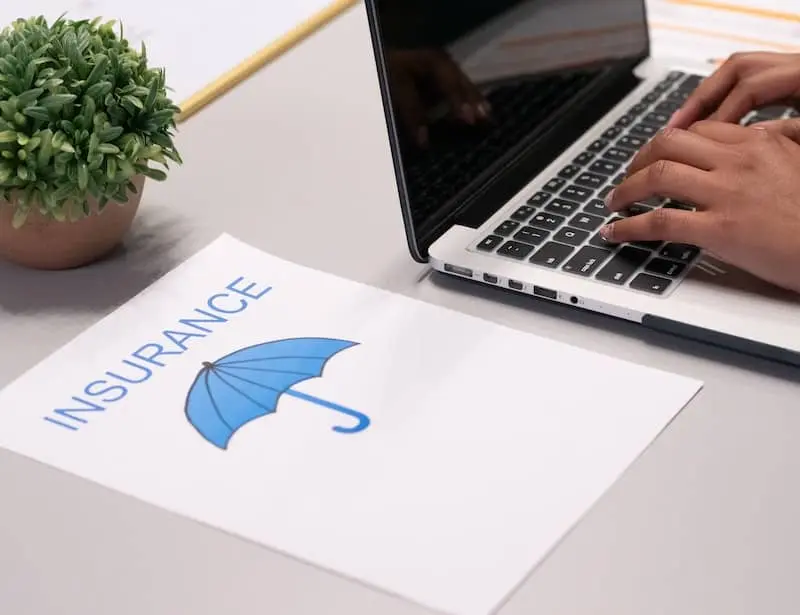
To get travel insurance for the Philippines, you can follow these general steps:
Research and Compare Travel Insurance Policies
Look for reputable travel insurance providers that offer coverage for the Philippines. You can compare policies based on coverage, benefits, and costs to find the best one that suits your needs.
Review The Policy Details
Once you have identified a travel insurance policy that you’re interested in, review the policy details carefully to ensure that it covers the specific activities and destinations you plan to visit in the Philippines. Make sure you understand the coverage limits, deductibles, and exclusions.
Purchase The Policy
Once you’re satisfied with the policy details, you can purchase the travel insurance policy online or through a travel insurance agent. Be sure to provide accurate information about your travel itinerary, medical conditions, and any pre-existing conditions to ensure that your coverage is valid.
Keep a Copy of The Policy With You
Make sure to keep a copy of your travel insurance policy with you during your trip to the Philippines, along with any emergency contact information or travel assistance services provided by the insurance provider.
It’s important to note that travel insurance policies can vary widely in terms of coverage and benefits, so it’s important to research and compares policies carefully to find the one that best meets your needs. Furthermore, some policies may exclude or limit coverage related to COVID-19, so be sure to review the policy details carefully if you’re planning to travel during the pandemic.

